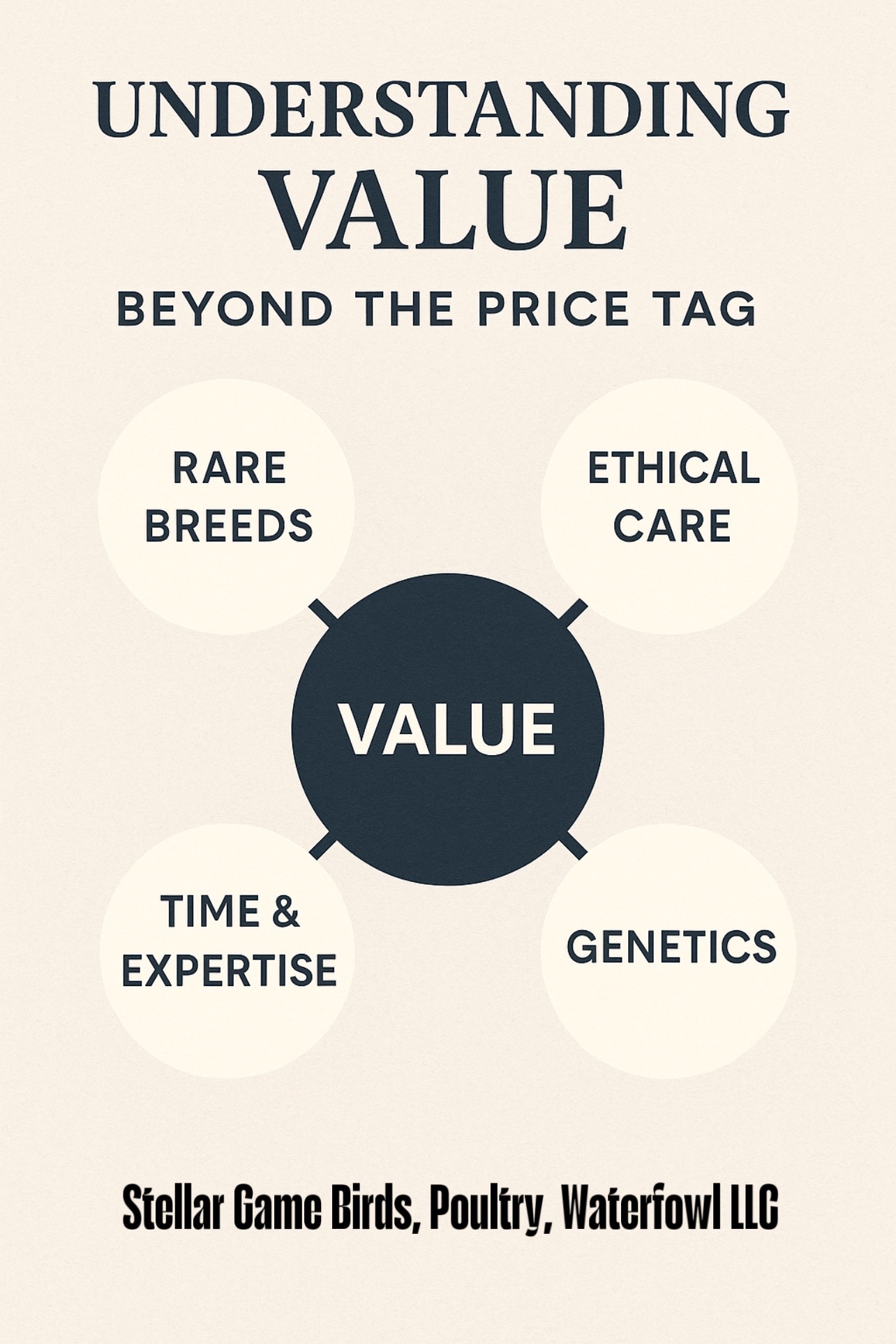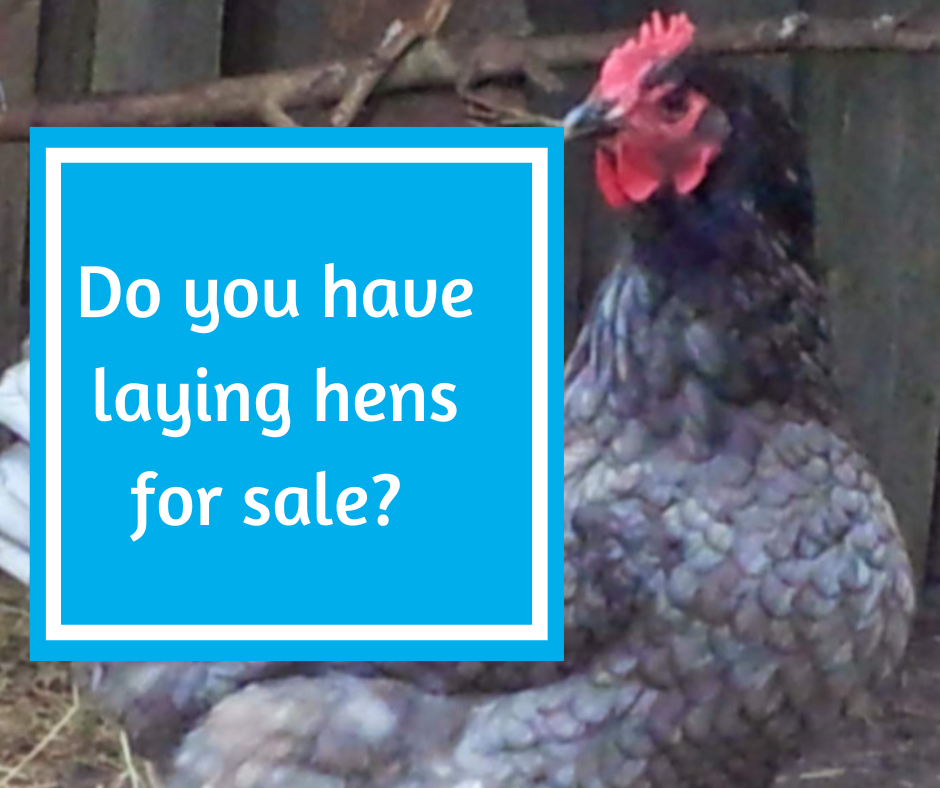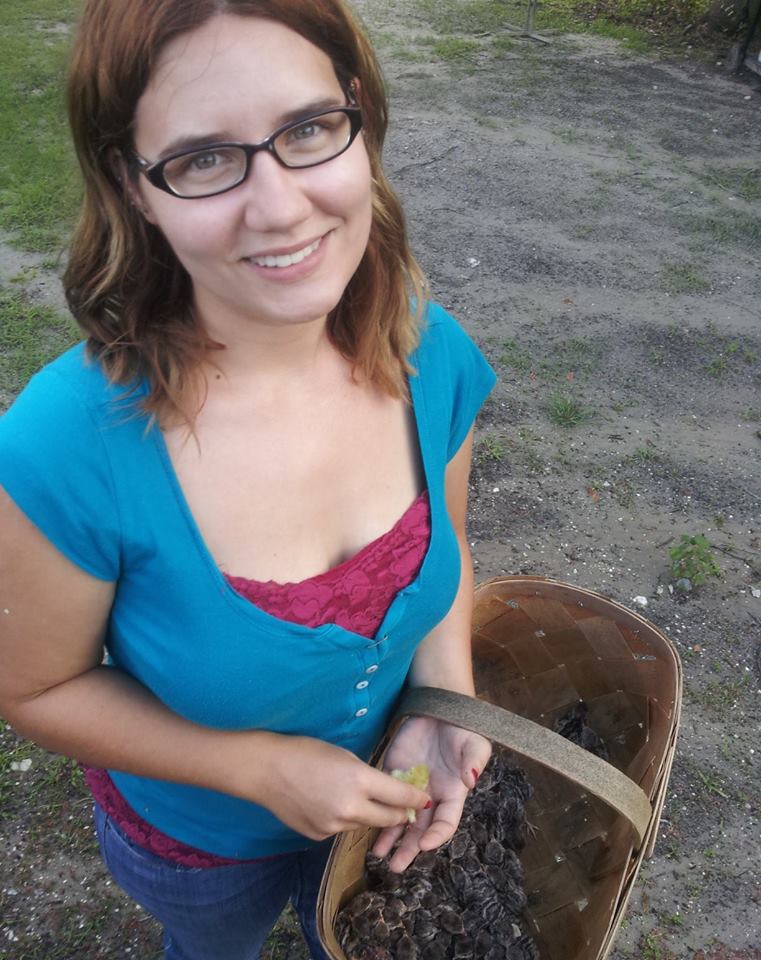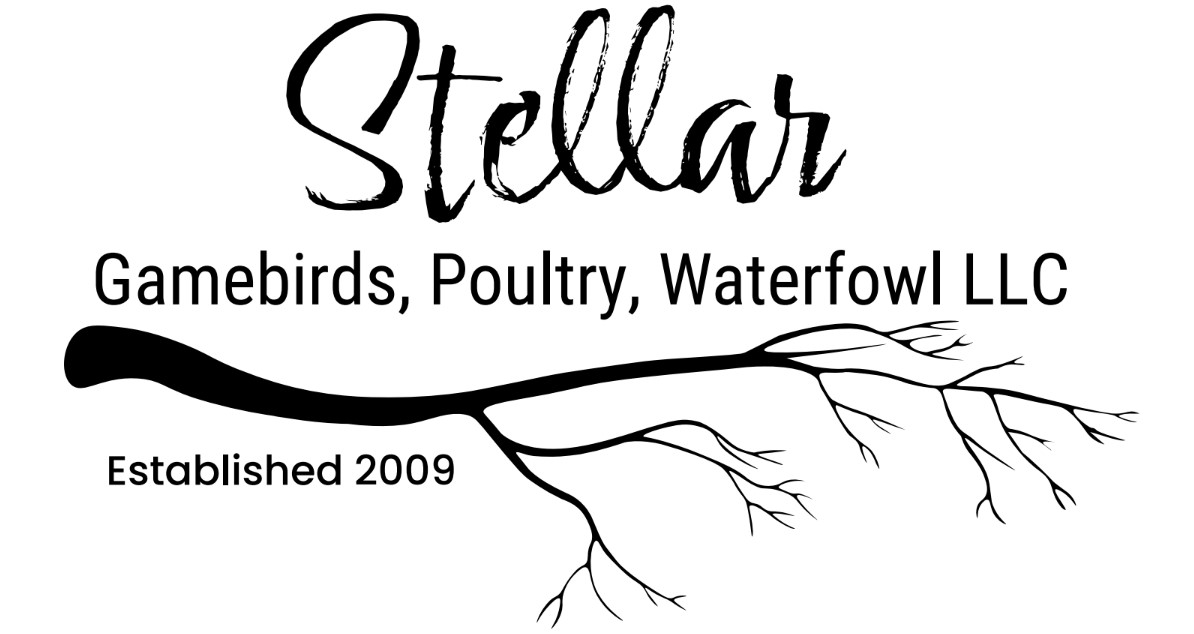In the world of animal husbandry, one of the most misunderstood practices is a breeder’s decision to retain animals from a litter or clutch. “Why aren’t they for sale?” “Are they keeping all the good ones for themselves?” “Isn’t that selfish?”
These are common questions—and fair ones from an outside perspective. But the truth is, retaining animals is one of the most critical and unselfish decisions a reputable breeder can make. It’s not about greed. It’s about responsibility.
1. It’s About the Future, Not the Present
Retaining animals is a forward-thinking practice. A responsible breeder doesn’t just breed for the current season or market—they breed with a 5-, 10-, even 20-year plan in mind.
We evaluate each generation as a building block. When a goat kid, chick, or piglet shows outstanding potential—whether that’s structurally, temperamentally, reproductively, or through heritage line importance—it makes sense to retain it for further development and evaluation.
Selling off our best animals simply to fulfill demand today could undermine the foundation of tomorrow.
2. Animals Are Not Just Products—They’re Investments in a Breed
Every animal we breed carries the weight of the breed standard on its shoulders. Whether we’re talking about rare poultry lines like African Harlequin quail or heritage livestock such as Gloucestershire Old Spot pigs, our role is not to mass-produce, but to curate a population that strengthens the genetic pool—not weakens it.
Sometimes the most promising animals must be kept so we can continue building a line that reflects the best of the breed. This isn’t selfish—it’s preservation work.
And in some cases, if the breed is rare enough, retaining may be the only way to keep it from disappearing altogether.
3. Early Promises Don’t Always Mean Lasting Value
What looks like a “perfect” baby doesn’t always mature into a quality adult. Breeders often retain animals to watch them grow—not just to keep, but to evaluate. Does the goat develop a strong udder as a first freshener? Does the rooster mature into a calm and reliable flock leader? Does the pig sow out well, or does she have structural or behavioral traits that should not be passed on?
This growth phase is critical. A responsible breeder won’t sell something as “top-quality” unless they’ve had time to prove it is top-quality.
4. Breed Conservation Requires Stewardship, Not Sales Goals
Let’s be honest: it’s far easier to list every animal for sale, rake in the cash, and ride the waves of demand. But for those of us who work with rare or critically endangered breeds—like heritage ducks, Cotton Patch geese, or old-line Miniature dairy goats—that would be reckless.
We don’t breed for numbers. We breed for preservation. That means pairing carefully, retaining selectively, and releasing only when it’s ethical and strategic.
Breed preservation isn’t profitable—but it is essential. And it begins with thoughtful retention.
5. Protecting the Animal—and the Buyer
Many breeders also retain stock because the animal may not be ready to leave. Maybe they’re still observing temperament. Maybe the animal is overcoming an illness or was the runt. Maybe they just aren’t sure it will do well in a home without proper mentorship or structure.
By retaining the animal longer—or indefinitely—the breeder protects both the animal and the buyer. Rushing to sell a creature that isn’t ready doesn’t benefit anyone.
In fact, many breeders—myself included—have ended up taking animals back when placed too early. Retaining until we’re confident in a placement isn’t selfish—it’s smart.
6. The Myth of the “Hoarding Breeder”
We’ve all seen it—accusations that a breeder only keeps “the best ones” and sells off the rest. But here’s the truth: no one wants to hoard animals. Most of us have limited space, feed bills, housing capacity, and emotional bandwidth. If we’re retaining an animal, it’s because it holds unique value to the future of the line—not because we don’t want to share.
Many of us are eager to offer animals to new farms and homes—but we also know that parting with the right animal at the wrong time does more harm than good.
Closing Thoughts
So next time you see a breeder announce they’re retaining an animal, remember:
It’s not selfish. It’s stewardship.
It’s not greed. It’s genetics.
It’s not hoarding. It’s hope for the future.
Responsible breeders don’t operate on impulse or profit. We operate on legacy.
If we’re doing it right, we aren’t just producing animals—we’re protecting the integrity of a breed for the next generation of farmers, homesteaders, and keepers of the land.









Recent Comments